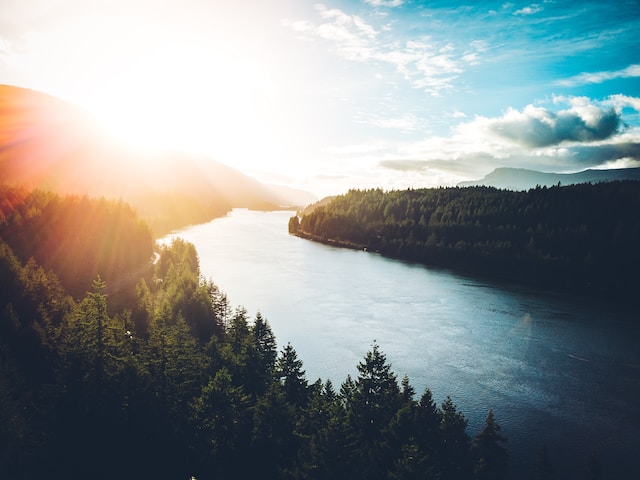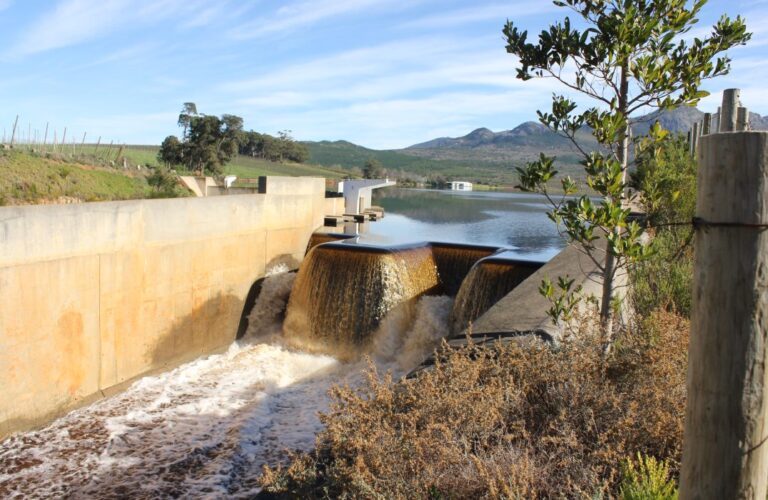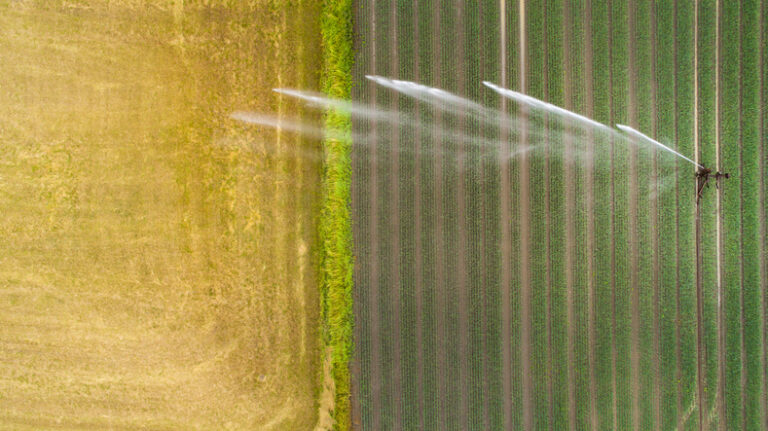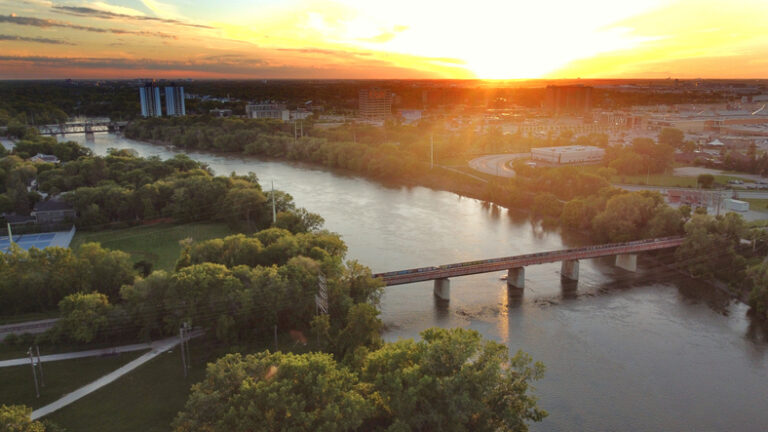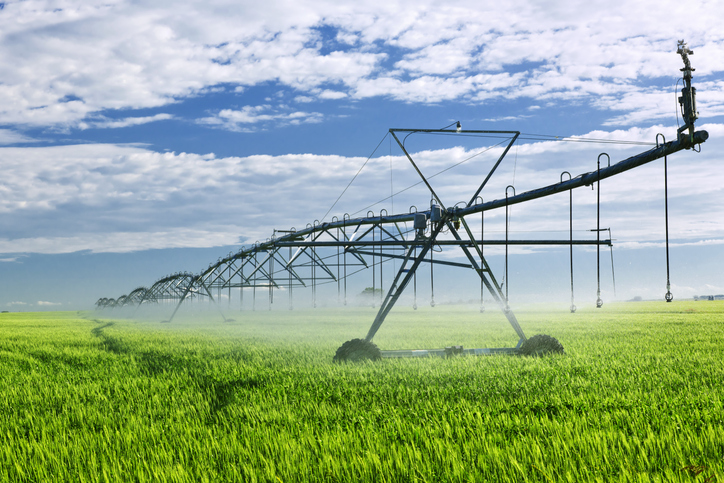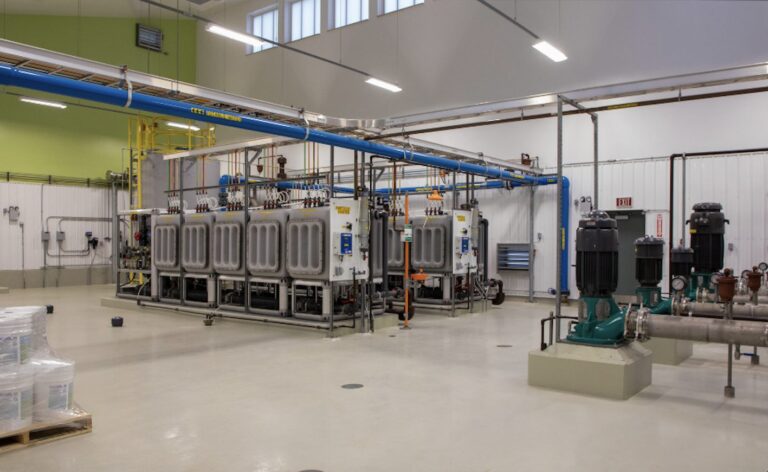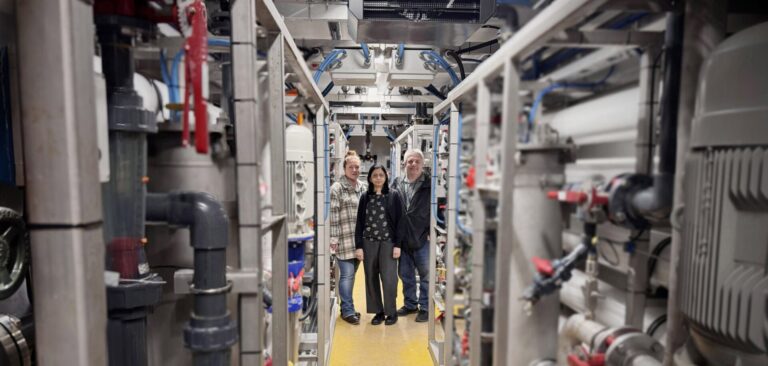The Shuswap Watershed Council (SWC) has just released a report summarizing water quality data and information about the Shuswap watershed. This is the seventh annual report on water quality from the SWC.
“I’m pleased to announce that this report is available, just as residents and visitors are heading to the lake for recreation and relaxation this summer,” says Jay Simpson, SWC Chair. “We produce these reports annually so that people can learn about the watershed, its challenges, and how important it is to our economy and our Shuswap lifestyle.”
The report covers water quality in the large lakes and rivers. It also explains water quality concerns in the region, such as algal blooms and the threat that aquatic invasive mussels pose to the Shuswap.
The report also draws attention to new publications from the BC Government, including a recently published Water Quality Assessment for Shuswap Lake, new Water Quality Objectives for Shuswap Lake, and a report that estimates the economic impact that a Zebra or Quagga mussel infestation would have in BC.
“The threat of invasive mussels won’t ever go away,” says Erin Vieira, the SWC Program Manager. “There are two things that residents and visitors need to be very diligent about: stopping for watercraft inspection when you travel into BC, and following the steps to clean-drain-dry your boat or watercraft whenever you move it from one waterbody to another.”
As for algal blooms – which, unfortunately, have impacted Salmon Arm Bay and Tappen Bay in recent years – the report points to inflows of nutrients from the Salmon River as the primary cause. This, combined with other environmental factors such as sunlight, water temperature, waves and currents can create ideal growing conditions for algae to reproduce and form dense masses called blooms.
The Water Quality Report can be found on the SWC’s website, www.shuswapwater.ca

